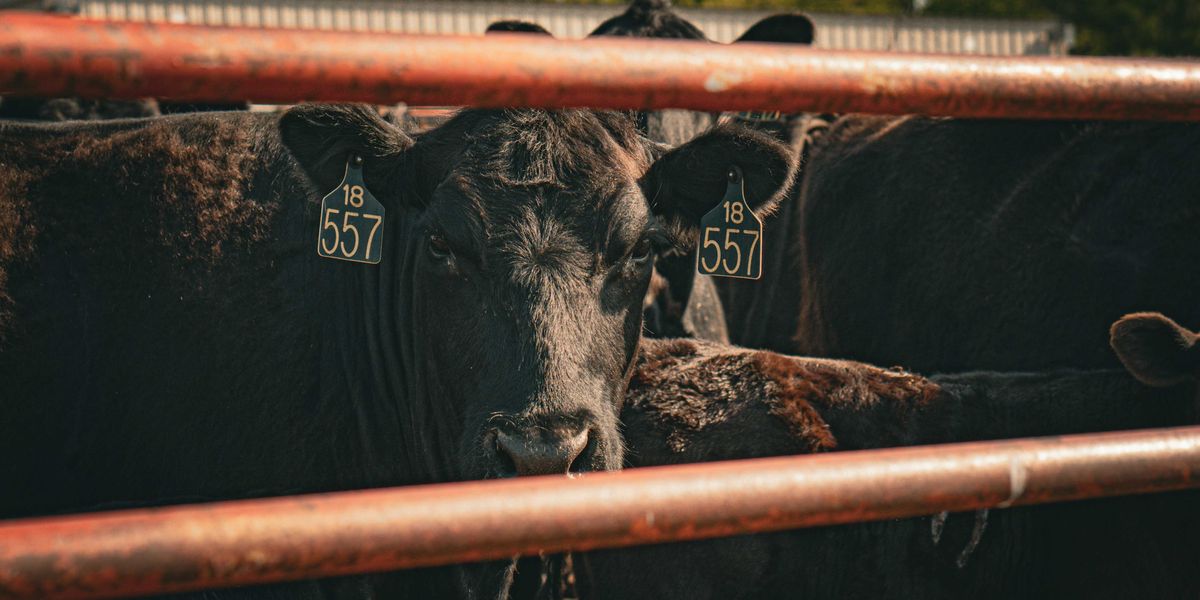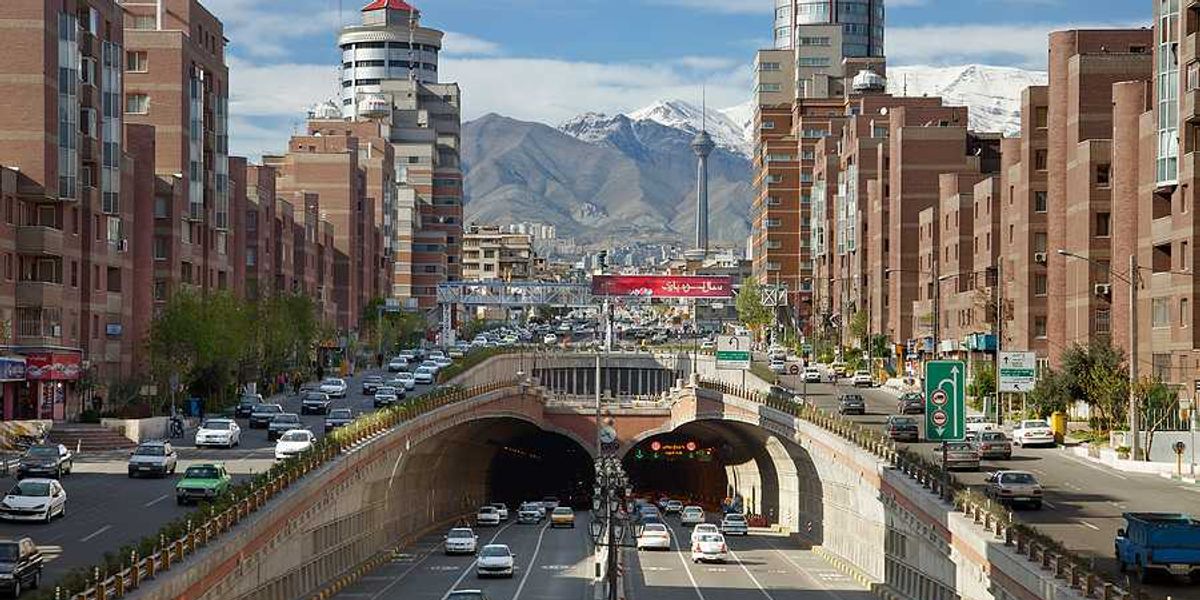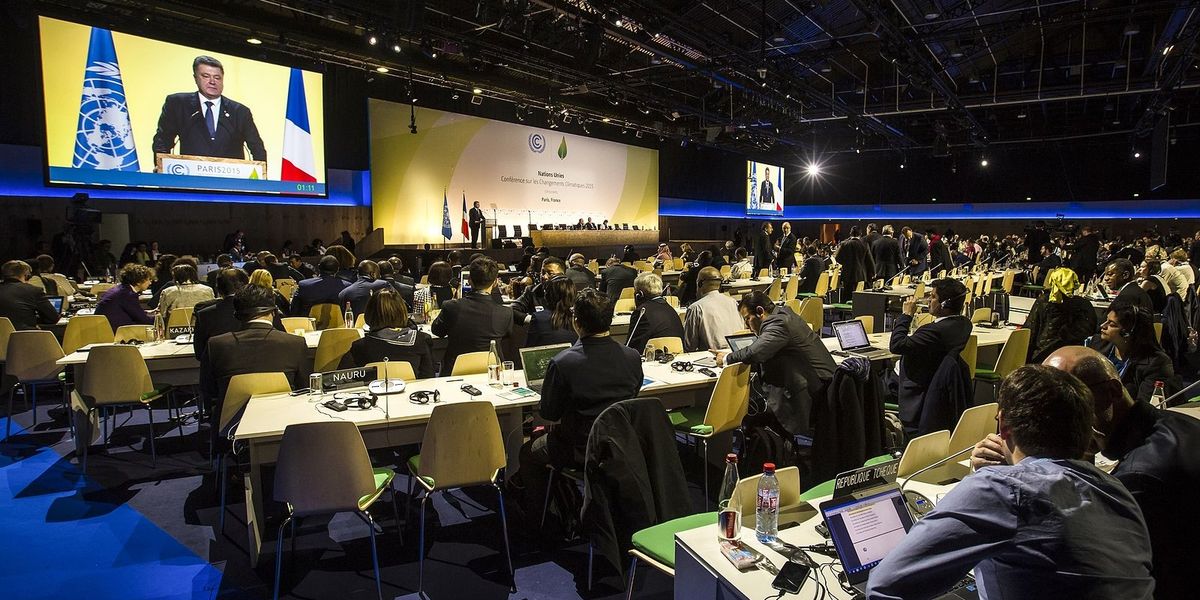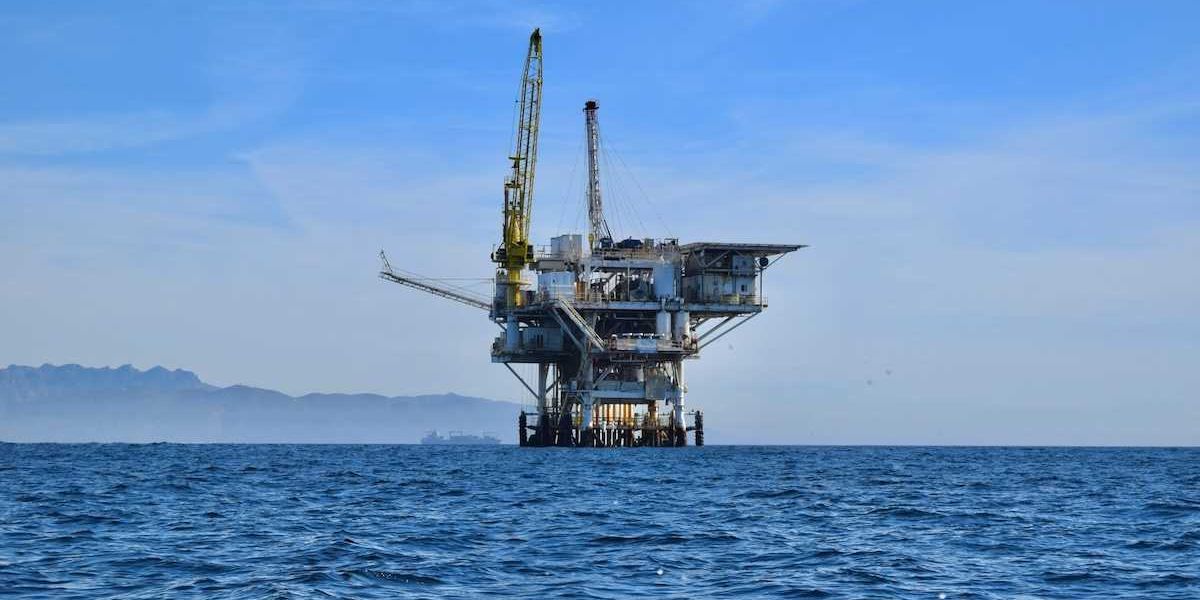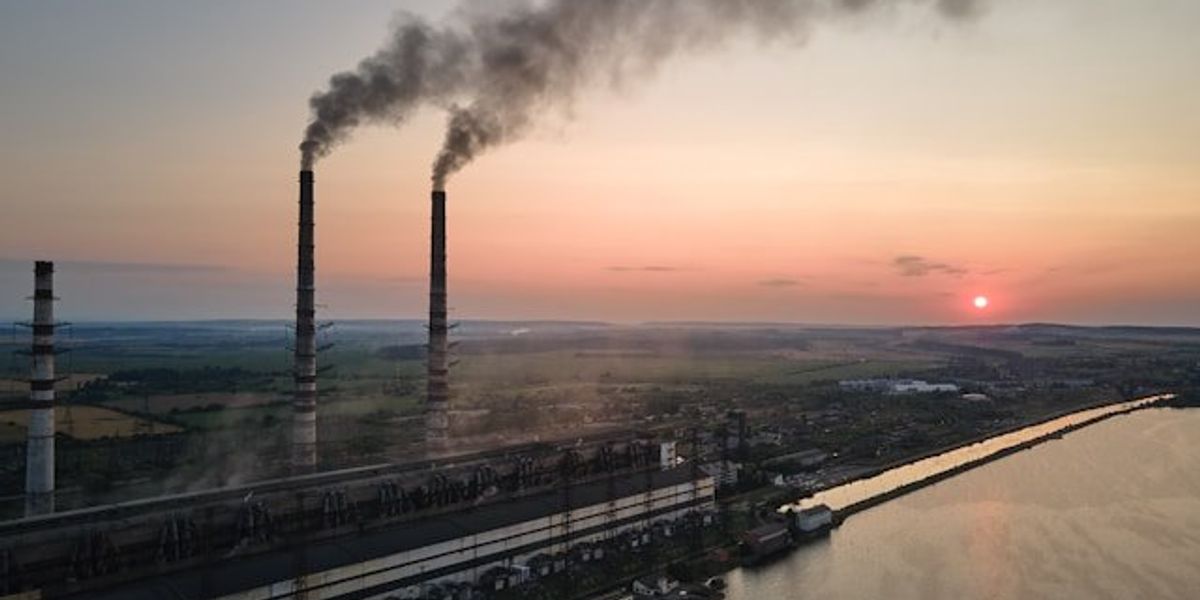
China will set hard emission limits for polluting industries starting in 2027
China plans to cap carbon emissions from major industries by 2027, transitioning from intensity-based rules to absolute limits as it ramps up efforts to cut greenhouse gases.
Colleen Howe reports for Reuters.
In short:
- China will shift to absolute carbon emissions caps for industries with stable emissions by 2027, expanding its national carbon market beyond the current intensity-based system.
- The emissions trading scheme will include industries like chemicals, petrochemicals, papermaking, and aviation, and broaden market access to banks and financial institutions to boost liquidity.
- By 2030, the emissions trading scheme is expected to be fully established, covering most of China’s major carbon-emitting sectors.
Key quote:
"It is positive that China now has a clear timeline for the full scope expansion – but whether this will deliver significant effectiveness in reducing the country’s giant emissions remains to be seen."
— Mai Duong, Asia-Pacific carbon markets analyst with Veyt
Why this matters:
China is the world’s largest emitter of greenhouse gases, and its choices shape global climate outcomes. A shift from carbon intensity limits to hard emissions caps marks a major policy change. While intensity targets allow emissions to grow with economic output, absolute caps set firm limits, potentially slowing pollution. Adding financial institutions to the market could also increase transparency and trading volume, but the effectiveness of these reforms depends on how strictly caps are enforced and whether free allowances are reduced.
Read more: China faces a pivotal choice between coal and clean energy as emissions begin to fall

